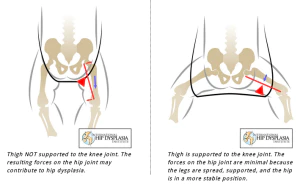How's your posture?

Prolonged poor posture results in a build up of pressure on muscles, which have to work extra hard to compensate for the malalignment.
When in correct posture, the spinal bones help to create an efficient system. However, when the alignment is lost, due to poor posture, the muscles come under increasing strain. This is when you can develop those nasty aches and pains.
It is interesting to note that for every inch that the head moves forward on the shoulders, the weight of the head increases by at least 10 pounds. Which means that if the weight of the head is 12 pounds, and if the head is tilted past the shoulders by about 3 inches, then it puts about 42 pounds of pressure on the cervical neck musculature!

One quick and easy way to assess your posture is to have someone take a photograph of you from the side and the back. From side on, you drop an imaginary plumb line. The line of gravity passes through: the external auditory meatus (ear), then approximately midway through the trunk (going through the bodies of cervical and lumbar vertebrae), then it passes through the hip joint (approximately through greater trochanter of femur), then anterior to the knee joint and finally, anterior to lateral malleolus
When viewed from either the front or the back, the vertical line passing through the body's centre of gravity should theoretically bisect the body into two equal halves, with the body weight distributed evenly between the two feet.
What can we do to improve our posture?
Be proactive!
Be more aware of your posture throughout the day and take frequent breaks to move around.
Work on exercises that strengthen your core muscles and your mid back muscles.
Do stretching exercises with your back on a wall or lying flat on the ground, moving your arms overhead.
Avoid being a couch potato, as it is in these slumped rest positions that your core muscles tends to shut off.
The great news is the more time you spend maintaining correct posture, the easier it becomes. This occurs for two main reasons. Firstly, your core muscles will be forced to switch back on and work. Secondly, your muscle ‘memory’ improves, so over time maintaining this position occurs more naturally.
Learn more about Kia here.





